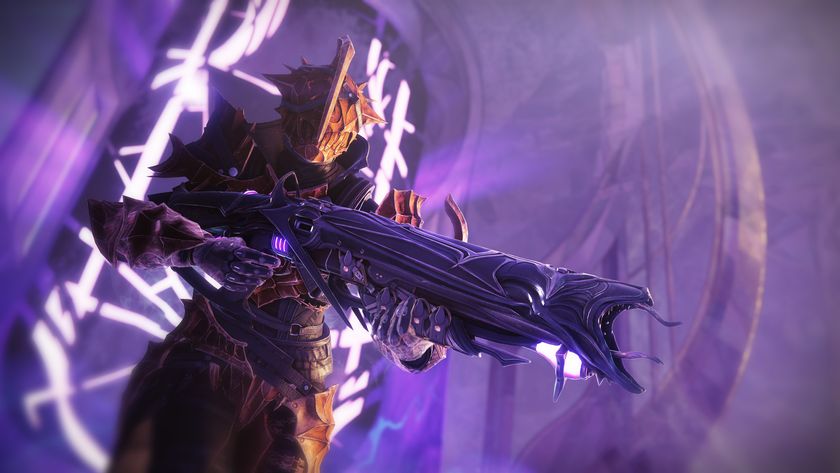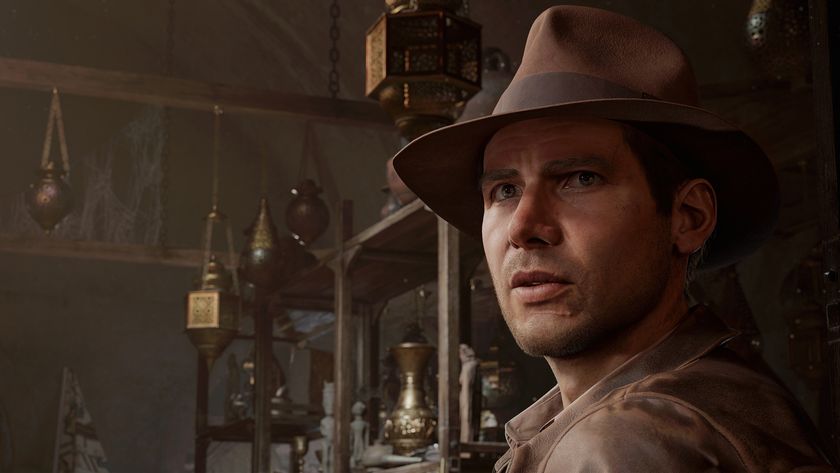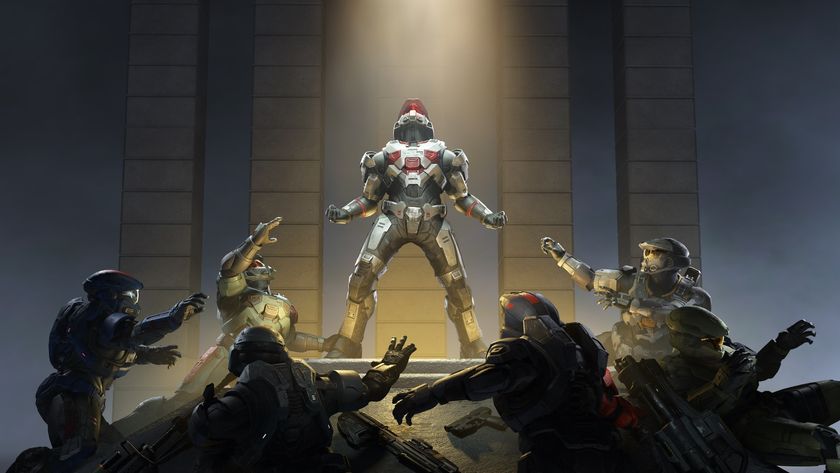For Halo Infinite to be great, it needs to embrace the franchise's love of Easter eggs
It's no secret that the Halo community loves its Easter eggs

There's a lot of worrying in the buildup to a video game's release. Fans will toss around desired game mechanics, or decry teased new additions. If it's an instalment in a storied franchise, then there will be intense debate about which direction the story should go, or the fate of a certain character.
All of these factors hold true for Halo fans. There's an ongoing civil war over the question of whether Master Chief can sprint, after all. It's clear that 343 Industries wants Halo Infinite to stand out from its predecessors; there are innovations like a grappling hook, new power ups, and The Banished's ability to handle weapons designed for humans, while Infinite's world will also be open.
New things are great, and without them, video games would stagnate. But there's one thing that Halo Infinite can't get wrong-- something that stands apart from other AAA titles. Halo has always had some of the most notable Easter eggs throughout gaming's history. Since Combat Evolved, secrets have been a staple in each title, from talking Grunts to hidden developer signs: Halo Infinite has to carry on that tradition.
"It's always something that people in the community, they just know about it," says GeneralKidd, a Halo YouTuber whose channel is dedicated to peeling back Halo's layers, discovering obscure lore in every nook and cranny: "It's almost like another major aspect of the game. Finding Easter eggs is like a tradition that everyone has to do at some point while playing Halo."
Master detective


Apex Legends season 9 is going beyond battle royale with its biggest update ever
The history of Easter eggs in video games is well-documented. Warren Robbinett is considered the progenitor. When he was informed by Atari that he would not be given credit for creating Adventure, released in 1980, he took matters into his own hands, hiding his name in a secret part of the map.
Since that point, Easter eggs have become an intrinsic part of video game culture. In recent years, however, developers have started pulling back the curtains. Several of Cyberpunk 2077's Easter eggs were included in the game's marketing. Assassin's Creed Valhalla's expansive world is chock-full of references, but each one is featured in a quest marked on the map.
Call of Duty's Zombies mode used to be revered for its complex mysteries. Easter eggs were a way of building the world, and revealing its history. "Zombies mode used to have a big focus on Easter Eggs. There was a lot of hidden stuff," says YouTube creator LateNightGaming. Eventually, however, Treyarch released a timeline of Zombies canon, undermining player efforts in spending hours searching for new clues. "Now, the Easter Eggs are so loud in declaring that they exist, that I'd argue they're more quests now at this point. There's nothing hidden about them."
Sign up to the 12DOVE Newsletter
Weekly digests, tales from the communities you love, and more
Games lose out on the opportunity to build community by foregoing more complex Easter eggs. Part of Halo's success is arguably tied to its commitment to keep fans coming back in search of more secrets. Before the internet boom in the mid 2000's, groups would fill forums with theories and rumors about an alternate ending to Combat Evolved, or the elusive Scarab Gun in Halo 2.

These typically involved glitch exploitation. To get the Scarab Gun, for instance, you either had to get a Banshee (a Covenant air vehicle) through a specific series of pipes, or line a box up with an exact split on a walkway and shoot an infinitesimally small, specific spot on the ground with a Rocket Launcher. This would lift you up and out of the map.
Players united over the hunt. GeneralKidd used to spend hours skipping over the actual gameplay to push the map's boundaries. "I just thought there was something hidden out there, like some secret weapon or something. That's what made it interesting to explore," he says.
Indeed, it's that feeling of intrepid exploration that's at the heart of the Halo games. When Combat Evolved dropped in 2001, it opened an entirely new frontier of intrigue. Terms were thrown around, and it was up to the player to decipher what, exactly, was going on. In the series' 20 years of existence, as people got used to Forerunners and alien empires hell-bent on the destruction of humanity, it's those Easter eggs that carry on the spirit of adventure.
To this day, there's still a large community dedicated to deciphering a set of glyphs from 2009's Halo 3: ODST. Bungie, the developer behind Halo: Combat Evolved through to Reach, maintains that there is a meaning behind the weird markings. Those hunters have drawn connections to classic literature, from Dante's Inferno to various poems from T.S. Eliot, in attempts to find it. A dedicated board of their progress is compiled, and regularly updated, here.
Secrets to success

"Finding Easter eggs is a tradition that everyone has to do at some point while playing Halo."
GeneralKidd
The advent of the internet has made it harder to justify the existence of extensive Easter eggs. It's hard to see a point to spending precious development time on a puzzle that will be cracked, and spread to the whole world, in less than 24 hours. That being said, it took players three years to find one specific Easter egg in Halo 5, which was released in 2015.
"They had nothing to go off of, yet it was there," LateNightGaming says of the particular venture. "The two years they invested searching for it was rewarded."
If Halo Infinite's going to stick the landing after a rocky development filled with delays and a demo that became fodder for memes, it needs to prioritize Halo's legions of ravenous Easter egg hunters. Importantly, it needs to ignore the modern trends and stick to well-established tradition.
"That kind of long-standing mystery is what keeps communities alive," says LateNightGaming. "Communities are built out of that mystery. The vagueness only means that communities will stick around. The treasure has got to be here somewhere."
For more, check out all the biggest new games of 2021 to keep an eye on, or watch our latest preview of Resident Evil 8 below.























